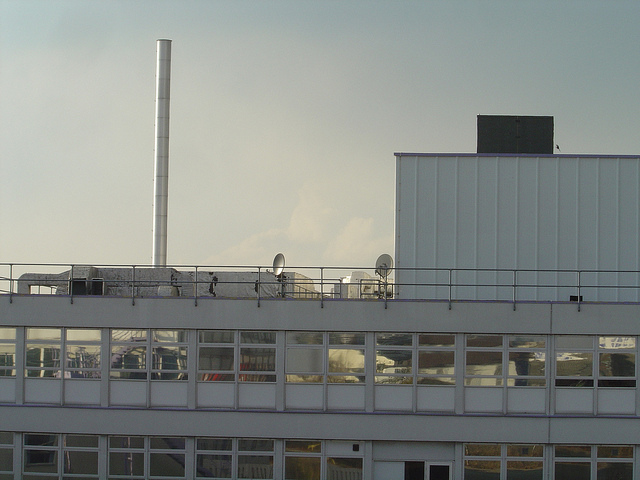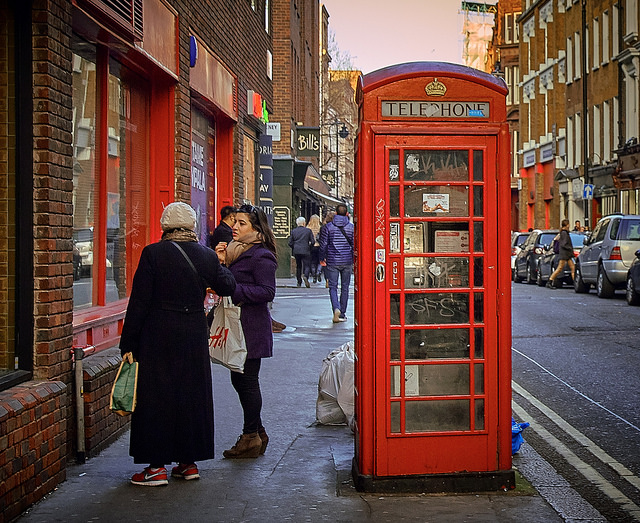The foreign-born population of the US has continued to rise in spite of tougher US immigration controls since the 2001 terrorist attacks, reports United Press International.
Accordingto US Census Bureau Data, there were 34.2 million foreign born peoplein the US in 2004, a rise of 2.3 percent compared with 2003. About 6.1million foreigners have arrived in the US after 2000. 13.1 millionforeign-born people had become US citizens, while 21.1 million have notnaturalized.





